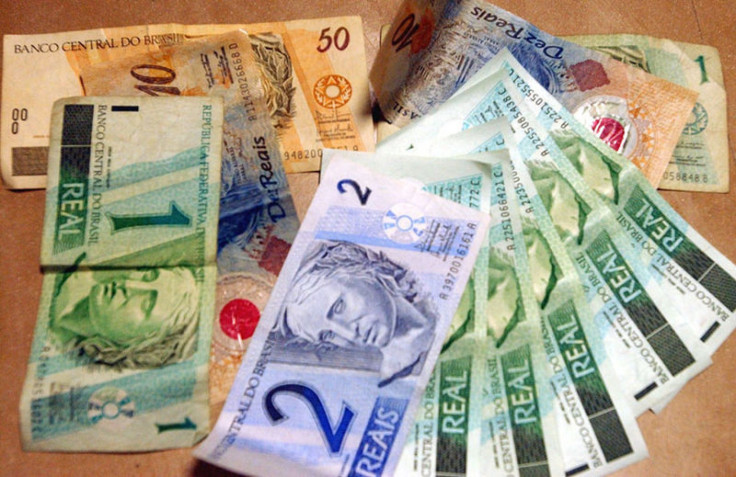Brazil Unemployment Drops To Record Low In October, But Wages Remain Stagnant

Brazil’s unemployment rate fell to a record low in October, although wage growth remained stagnant. The jobless rate in Latin America’s biggest economy dropped to 5.2 percent from 5.4 percent in September – and down from 5.5 percent from October 2012 -- according to the Brazilian Ministry of Employment. The October 2013 figure was slightly lower than the 5.3 percent rate forecast by Bloomberg’s poll of 32 economists.
But wages edged up only 0.2 percent in October – a reverse of the prior months which saw modest wage gains. Bloomberg reported that the size of labor force was actually unchanged in October from September -- at 24.5 million. “The fact that the number of employed people is moving sideways and real wage bill growth is at its lowest level of the past couple of years does not suggest strength in the labor market,” Bruno Rovai of Barclays Capital in São Paulo told Forbes.
Average real income in the first nine months of 2013 came in at 1,880 reais ($819) a month, up from 1,851 reais ($596) in 2012 and 1,780 reais ($573) in 2011. Brazil’s President Dilma Rousseff, however, emphasized low unemployment as one of the trademarks of her administration. “We constructed our stability -- controlled inflation, a fiscal surplus and high reserves -- while increasing income and employment,” she posted on her Twitter account.
Indeed, Brazil has created one million jobs in the first nine months of 2013, according to official numbers cited by São Paulo’s newspaper O Globo. But these figures are somewhat less impressive compared to previous years – in 2012, 1.3 million jobs were created, and in 2011, 1.8 million. Brazil’s central bank is forecasting 2.5 GDP growth for this year, followed by 2.1 percent in 2014, versus a tepid 0.9 percent performance last year.
© Copyright IBTimes 2024. All rights reserved.











